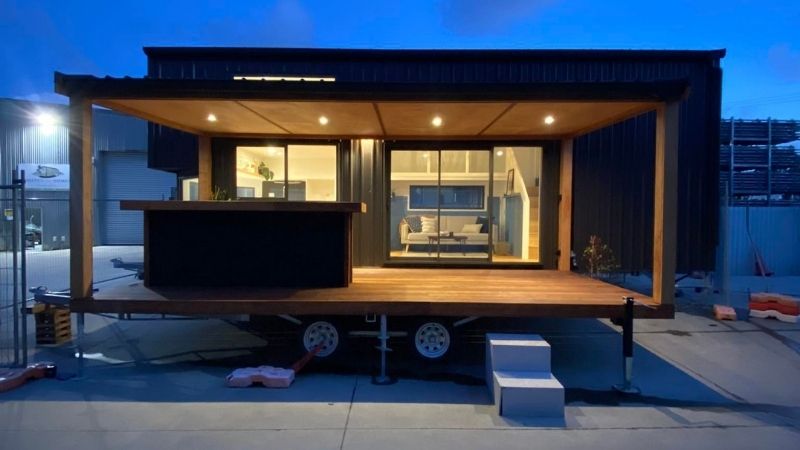The recent Cyclone Gabrielle left a trail of destruction across New Zealand's North Island, leaving thousands of families displaced and homes destroyed. One community that took a disproportionate brunt of the damage was the coastal community of Muriwai.
With much of its housing stock built on costal hillside land, it was devastated when water-laden soils gave way to catastrophic landslides. Homes were wiped clean off their foundations, and many other properties were simply too unstable and dangerous to enter. Up to 800 people in the Muriwai community are now without a home, as they’ve been red or yellow stickered. Tragically the cyclone took the lives of two Muriwai locals, firefighters Craig Stevens and Dave Van Zwanenberg who were caught up in a landslide while responding to the needs of others.
Events such as this tend to scar a community for generations, and yet also bring small communities together even tighter than before. For many of the 800 displaced residents they’re having to face leaving this beautiful community that they have come to call home, as there simply are not enough safe homes to settle them in. Muriwai resident Greg Montgomery, is currently in short-term accommodation in St Heliers. He hopes they'll eventually be cleared to return home, but there is a lot of uncertainty there. "If you are part of the Muriwai community, it represents a place that brings you health, brings you joy," he says. "To think you could never go back is really hard."
West Auckland Tiny house building company Shaye’s Tiny Homes have been deeply affected by the cyclone, with many of the team being Muriwai locals themselves. Paul Moretti, a builder for the business had his home completely flattened by a landslide 20 minutes after he and his family evacuated. Another builder Dempsey and his family witnessed their neighbours house slide down the hill next to them and they had to evacuate by foot in the middle of the night. Cabinet maker Ross lost his home and workshop when a landslide hit his property, thankfully he had also evacuated.
Once the storm passed, the team rallied together in their relatively unscathed workshop in order to support each other and the wider Muriwai community. Completed tiny homes located in the yard were quickly connected to services and set up as emergency housing. "The story highlights the resilience and adaptability of tiny homes, even in the face of a natural disaster like Cyclone Gabrielle"
The West Auckland community donated groceries, gas bottles, beds, couches, linen and everything that was needed, and the brand new tiny homes became (rather luxurious) temporary safe havens where the team and their families could recover and plan their next steps. It's a reminder that in the face of natural disasters, tiny homes can be a reliable and resilient solution for emergency shelter.
Director Shaye Boddington is motivated to do what she can to help people remain in Muriwai, and is working with local council to enable tiny homes to be utilised for mid-to-long term emergency housing. The business has offered to do ‘not-for-profit’ tiny house builds for those in the tight-knit Muriwai community, as well as for its staff. The first of these builds is now in the planning stages and scheduled for completion in 3 months’ time. Tiny homes on wheels could be a huge contributor in Muriwai’s recovery, allowing people to be temporarily re-homed within the community while their properties are assessed and re-built. Recovery from trauma is hard enough without having to disconnect yourself from your community.
Tiny homes on wheels can be built quickly, take up very little space, and can be moved to wherever they’re needed for as long as is needed. This provides just another example of how tiny homes on wheels can be woven into the fabric of housing options here in New Zealand to meet the needs of a diverse range of people at various stages of life.


